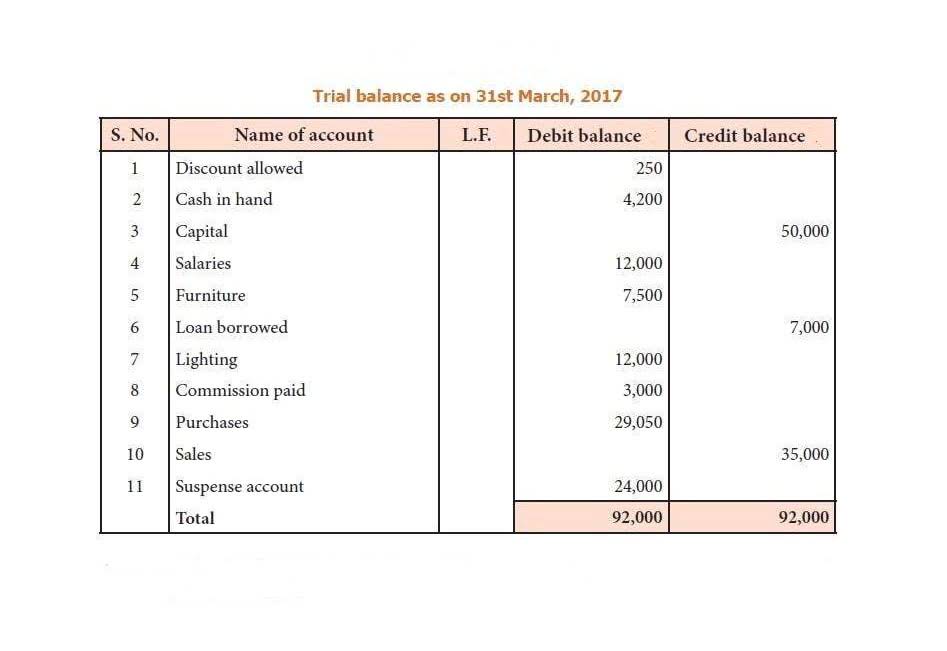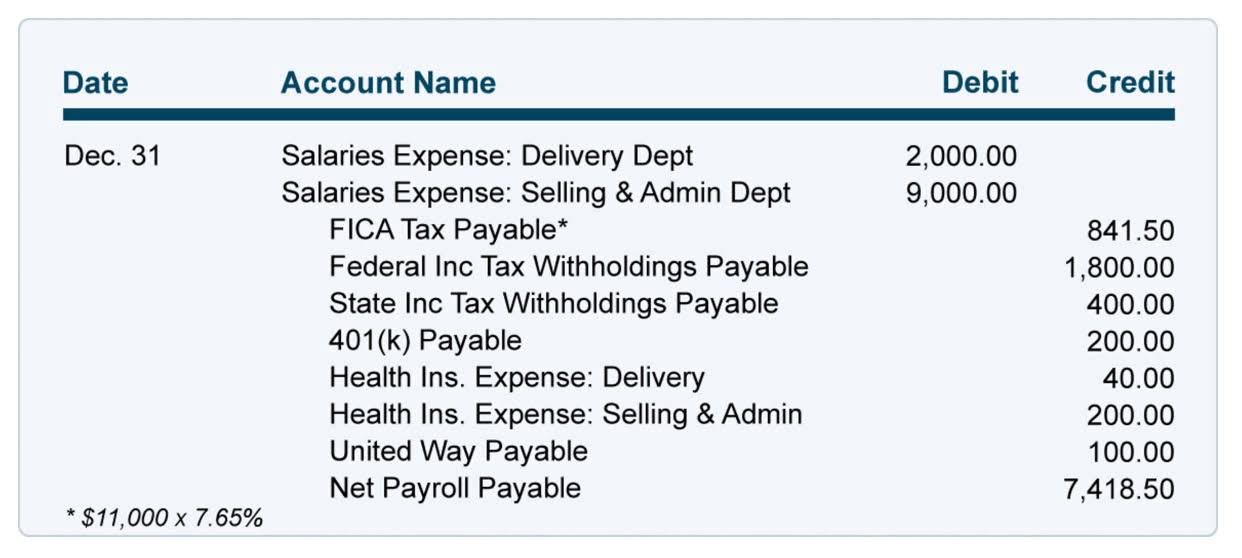
Generally, small businesses have fewer than 100 employees and midsize businesses have fewer than 1,000, but the numbers are subjective. The Small Business Association, for example, classifies small businesses by what is a sales margin the number of employees and average annual receipts, and it varies by industry. In this article, we’ll explain what an SMB is and break down how salespeople should operate with small business sales clients.

There are different metrics to measure a company’s profitability. Gross margin, which may also be called gross profit margin, looks at a company’s gross profit compared to its revenue or sales and is expressed as a percentage. This figure can help companies understand whether there are any inefficiencies and if cuts are required to address them and, therefore, increase profits. For investors, the gross margin is just one way to determine whether a company is a good investment.
How to calculate margins
The healthy gross and operating profit margins in the above example enabled Starbucks to maintain decent profits while still meeting all of its other financial obligations. The main difference between sales margin and gross profit margin is that sales margin only considers the cost of goods sold, while gross profit margin takes into account all expenses. This means that gross profit margin is a more accurate measure of profitability. One common error when calculating the sales margin is failing to include all of the costs that go into making and selling the item when determining the cost of goods sold. As noted above, gross margin is a profitability measure that is expressed as a percentage.
Significant margin calls may have a domino effect on other investors. In addition, your brokerage firm can charge you a commission for the transaction(s). You are responsible for any losses sustained during this process, and your brokerage firm may liquidate enough shares or contracts to exceed the initial margin requirement. Hitesh Bhasin is the CEO of Marketing91 and has over a decade of experience in the marketing field. He is an accomplished author of thousands of insightful articles, including in-depth analyses of brands and companies. Holding an MBA in Marketing, Hitesh manages several offline ventures, where he applies all the concepts of Marketing that he writes about.
Example of Margin
It depends on several factors, including the type of product or service you’re selling, your operating expenses, and the amount of competition in your market. Which metric you should use depends on your specific goals and objectives. If you’re trying to optimize profitability, then gross profit margin is the metric you should be focusing on. If you’re trying to increase sales, then sales margin is the metric you should be focusing on.

Staying updated with tax regulations, possibly with the help of a tax professional, can help in efficient financial planning and avoiding legal complications. It’s also important to factor in these tax costs when setting prices for products to ensure profitability. SMBs generally have smaller budgets, tighter operating margins, and less liquid resources. Small business owners don’t always have adequate working capital to grow their operations or invest in big solutions. They’re more likely to scrutinize each deal and rely on subscription payments.
How Profit Margin Works
There are many different metrics that analysts and investors can use to help them determine whether a company is financially sound. One of these is the profit margin, which measures the company’s profit as a percentage of its sales. In simple terms, a company’s profit margin is the total number of cents per dollar a company receives from a sale that it can keep as a profit. The Company’s press release contains financial information regarding adjusted earnings per share, which is a non-GAAP performance measure. The adjusting items shown in the table below are excluded because these items are not considered to be directly related to the underlying operating performance of the Company. Management believes this non-GAAP measure is useful to investors in understanding the ongoing operations and business trends of the Company.
